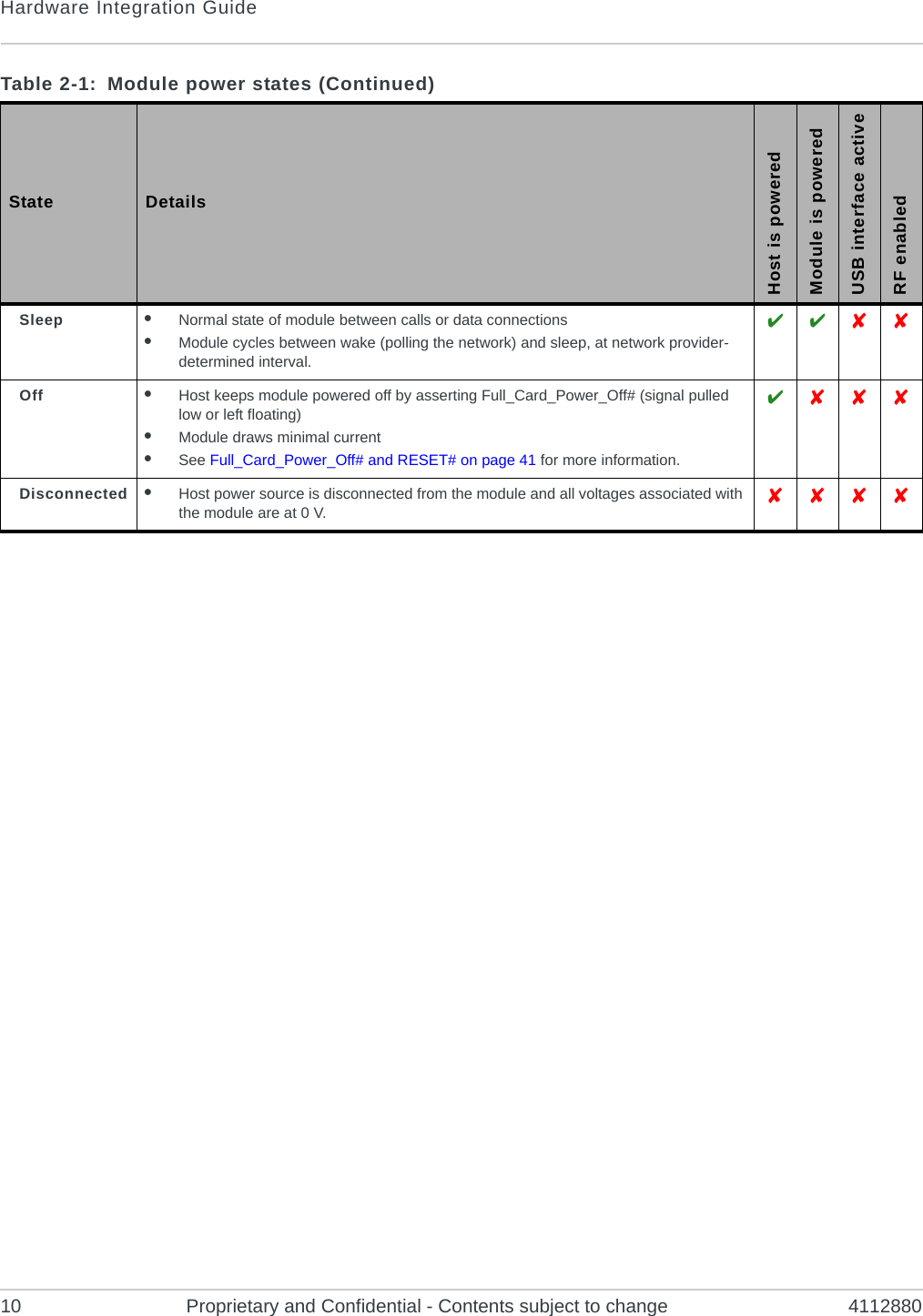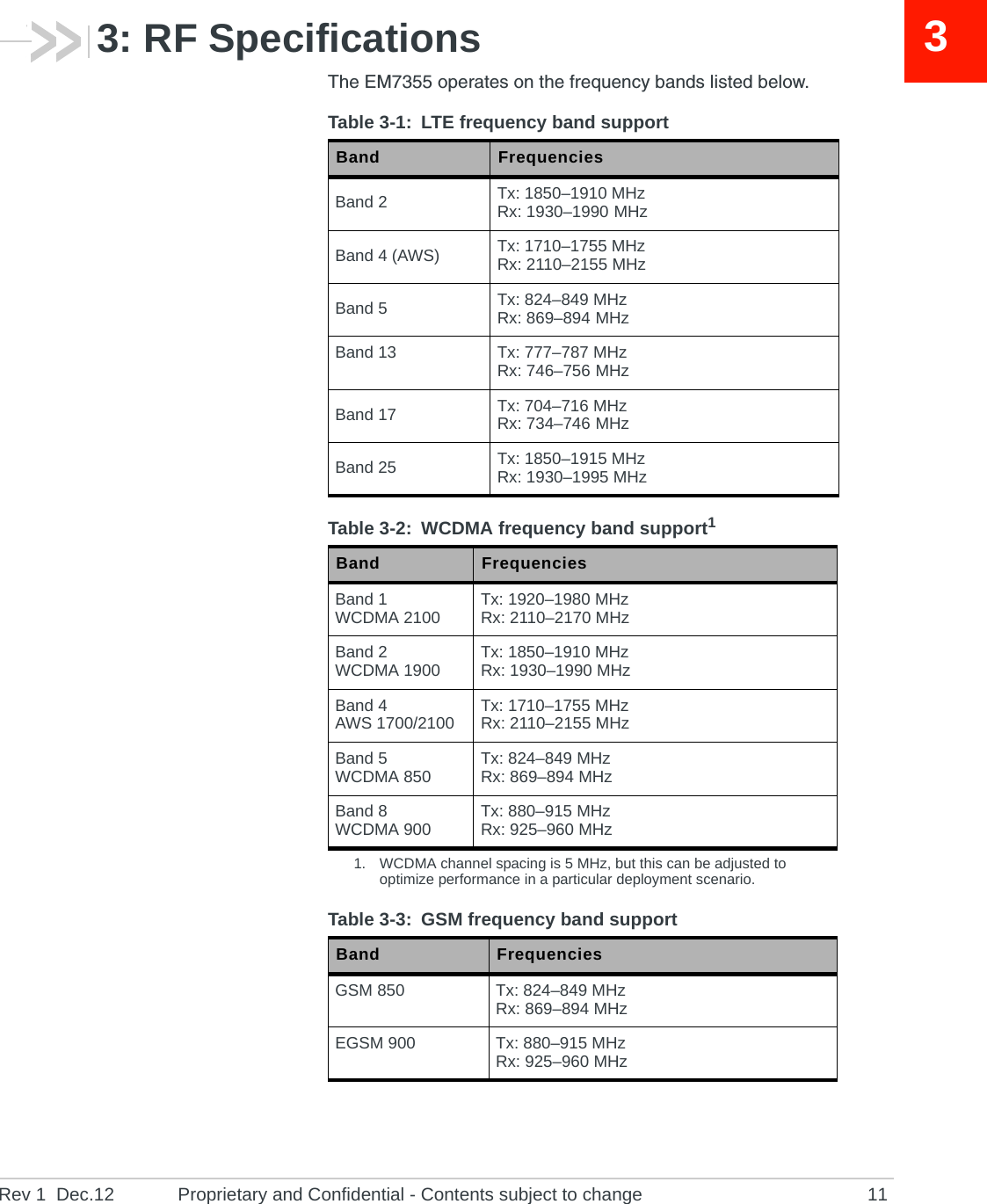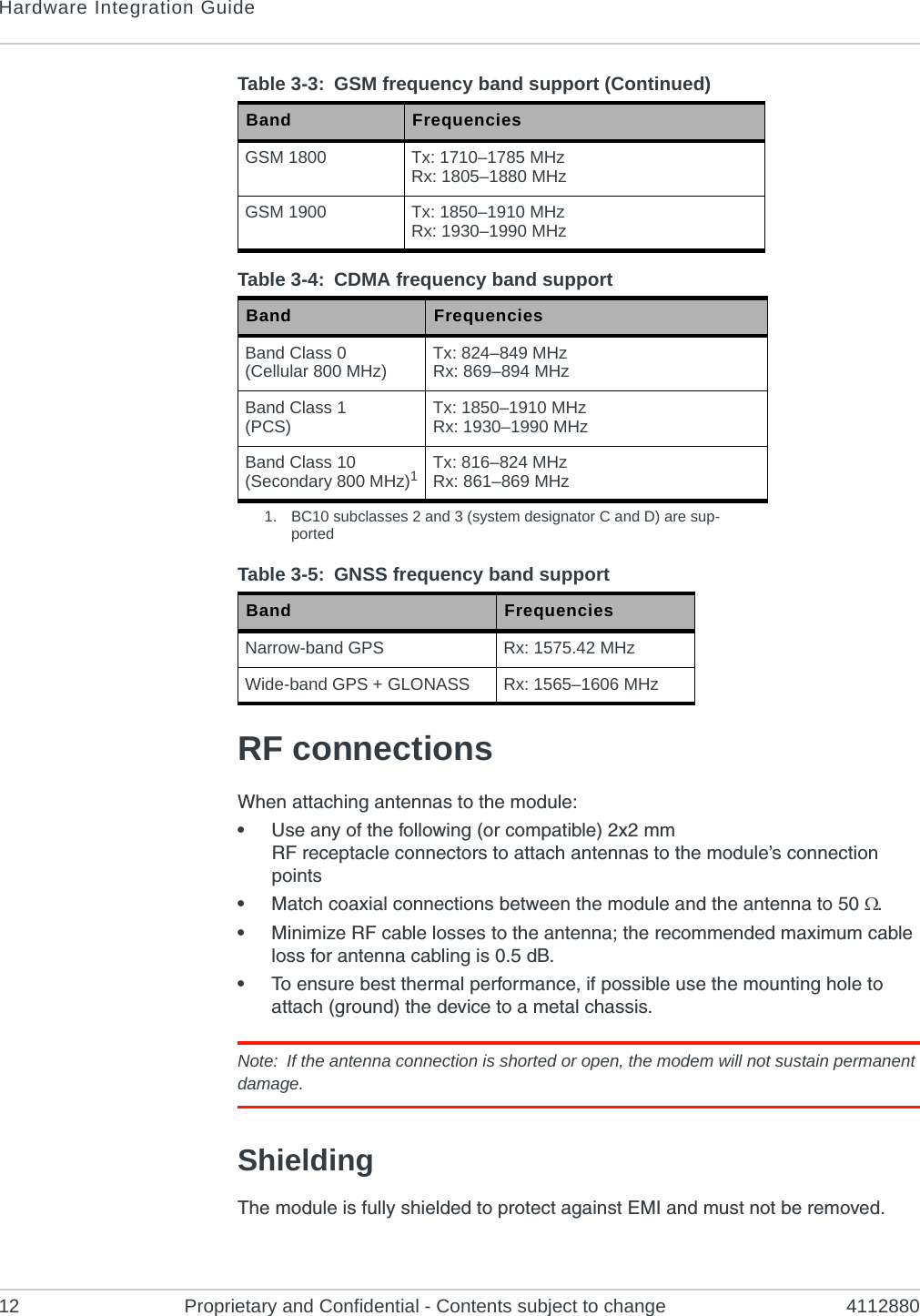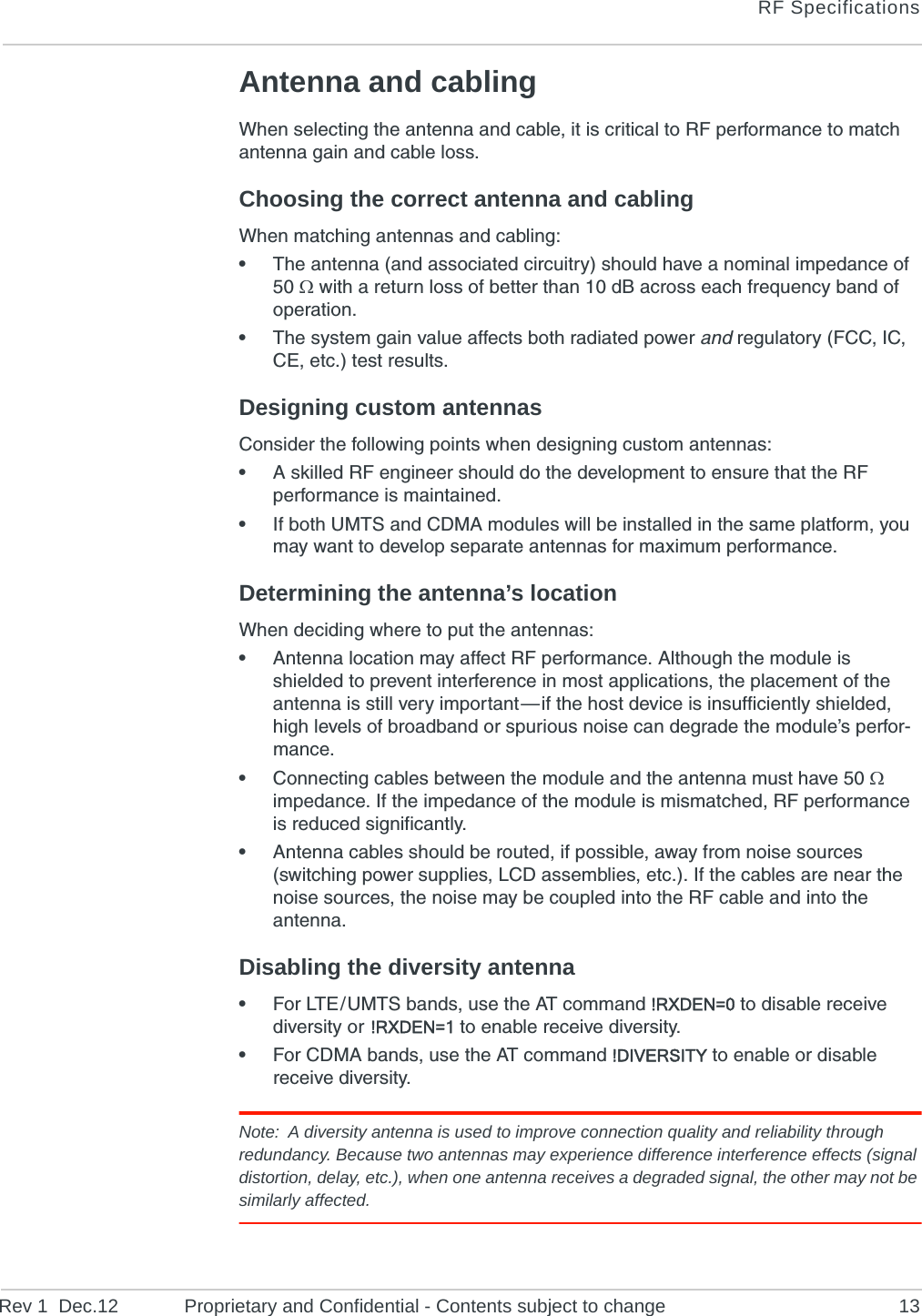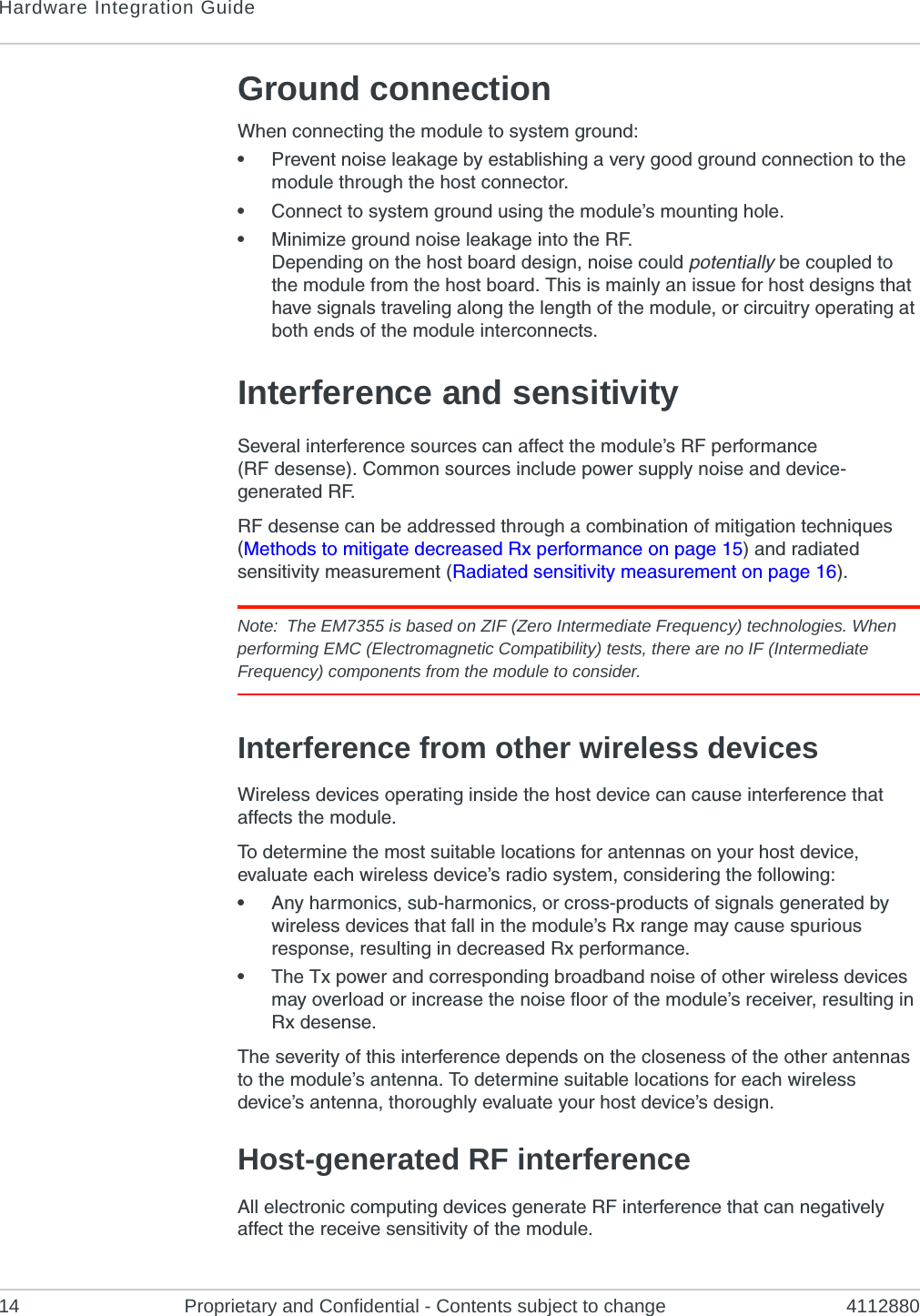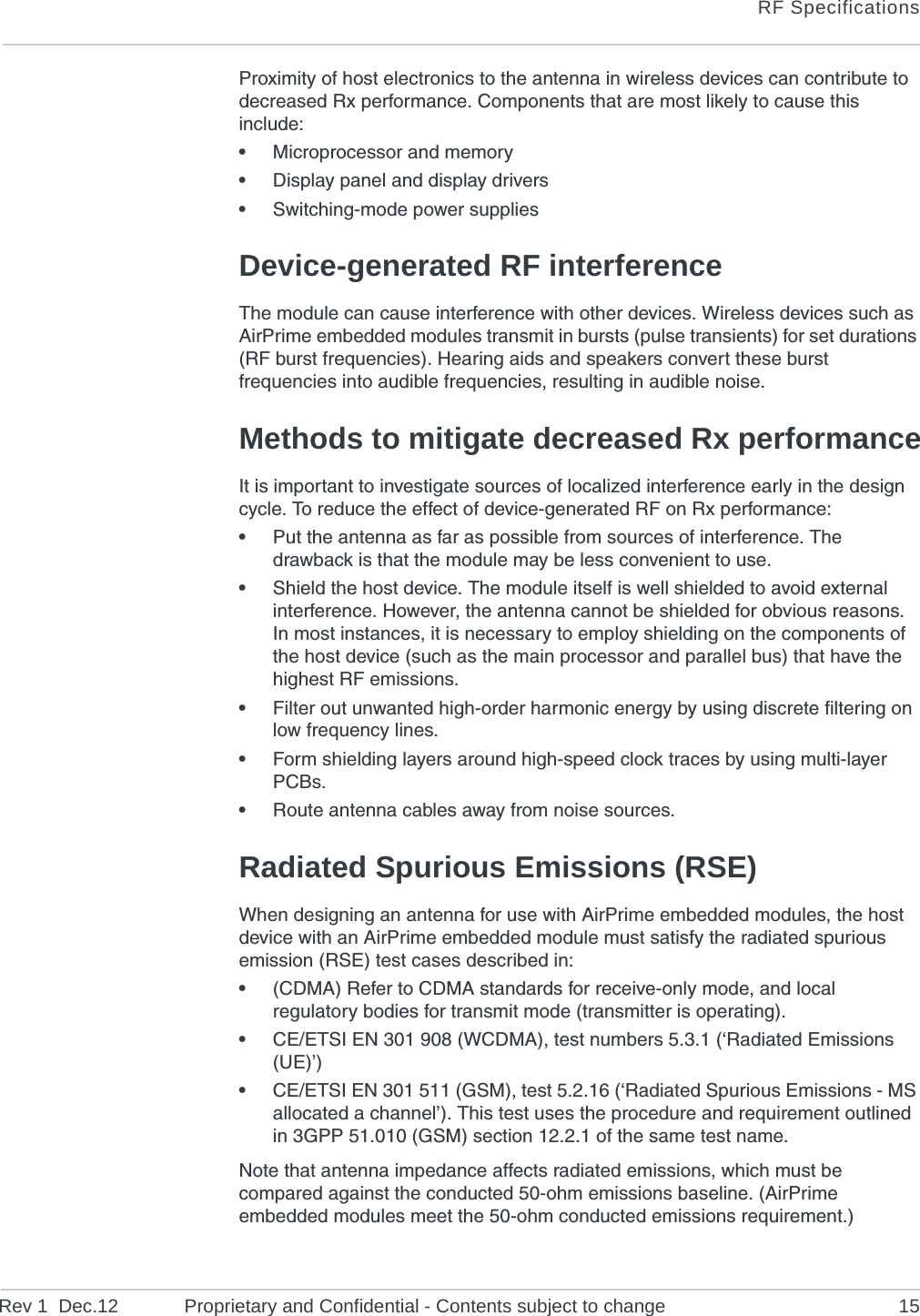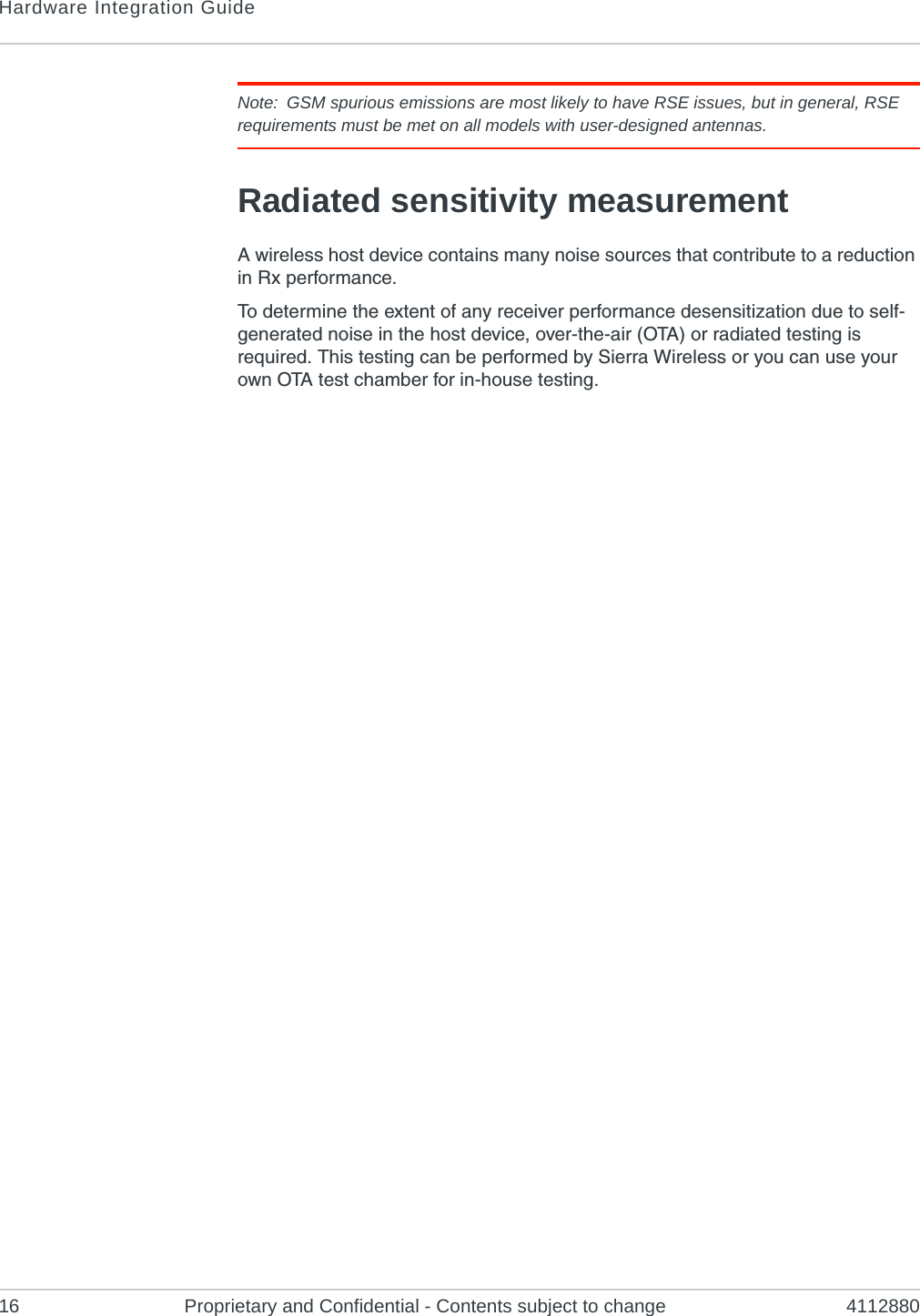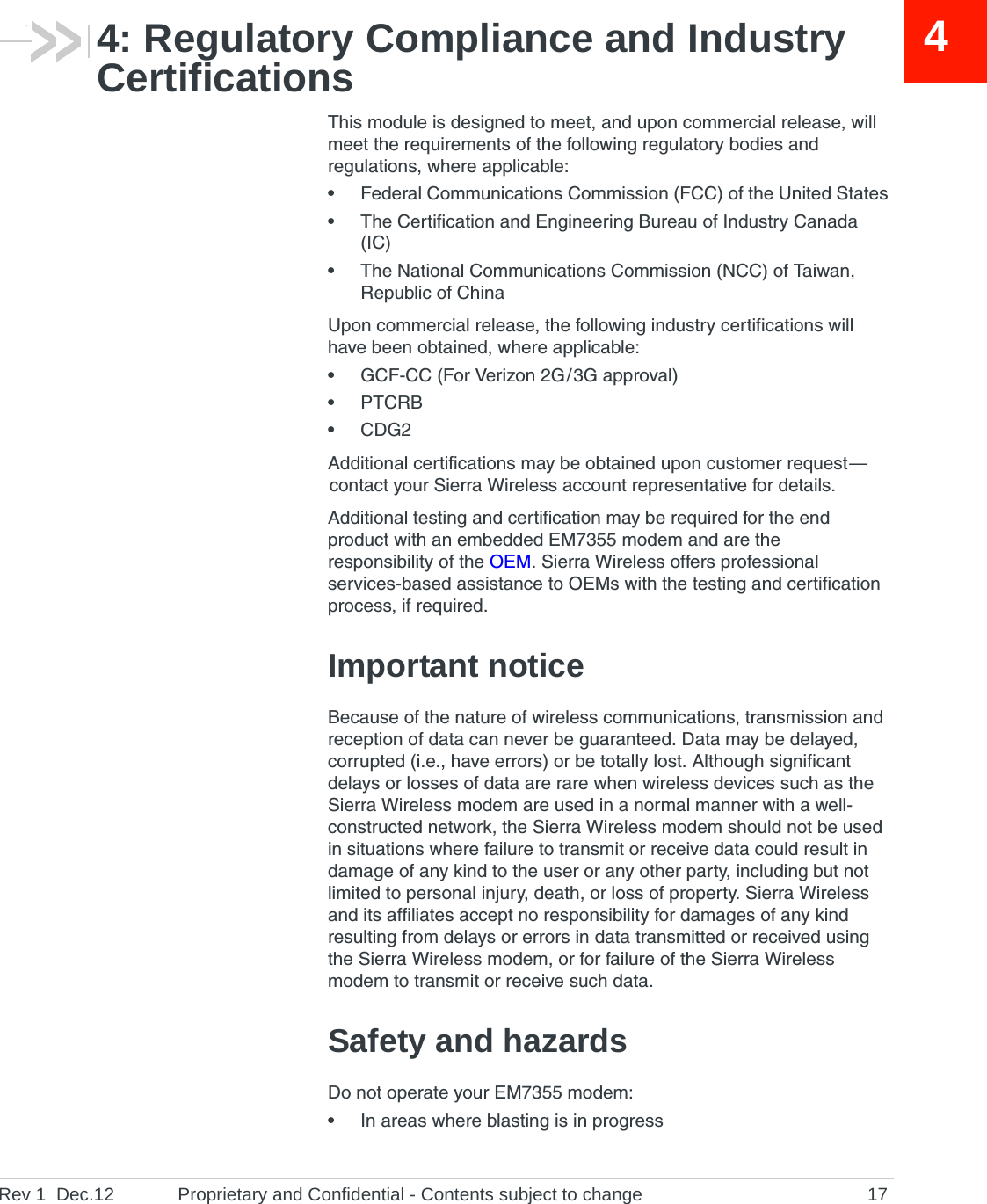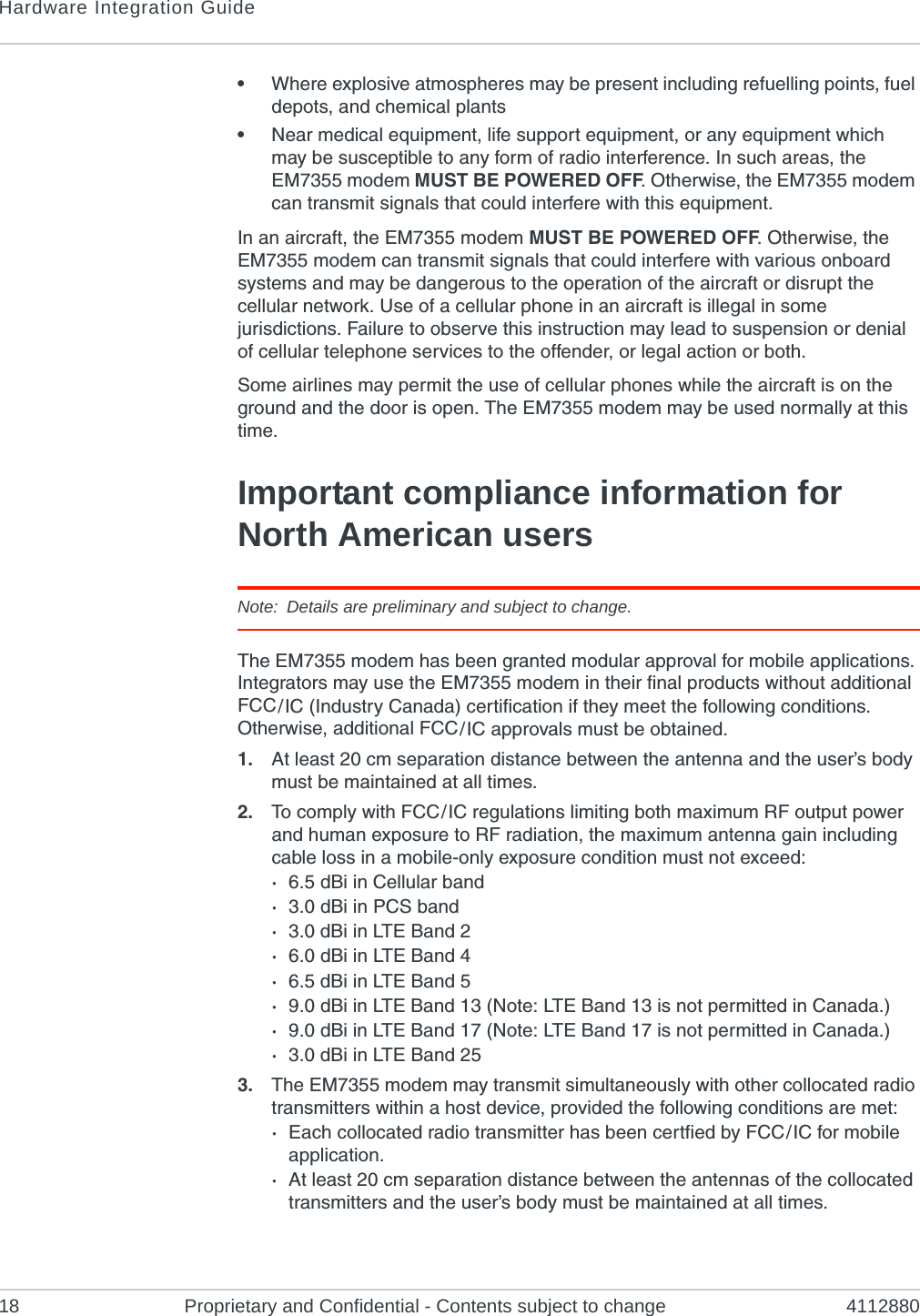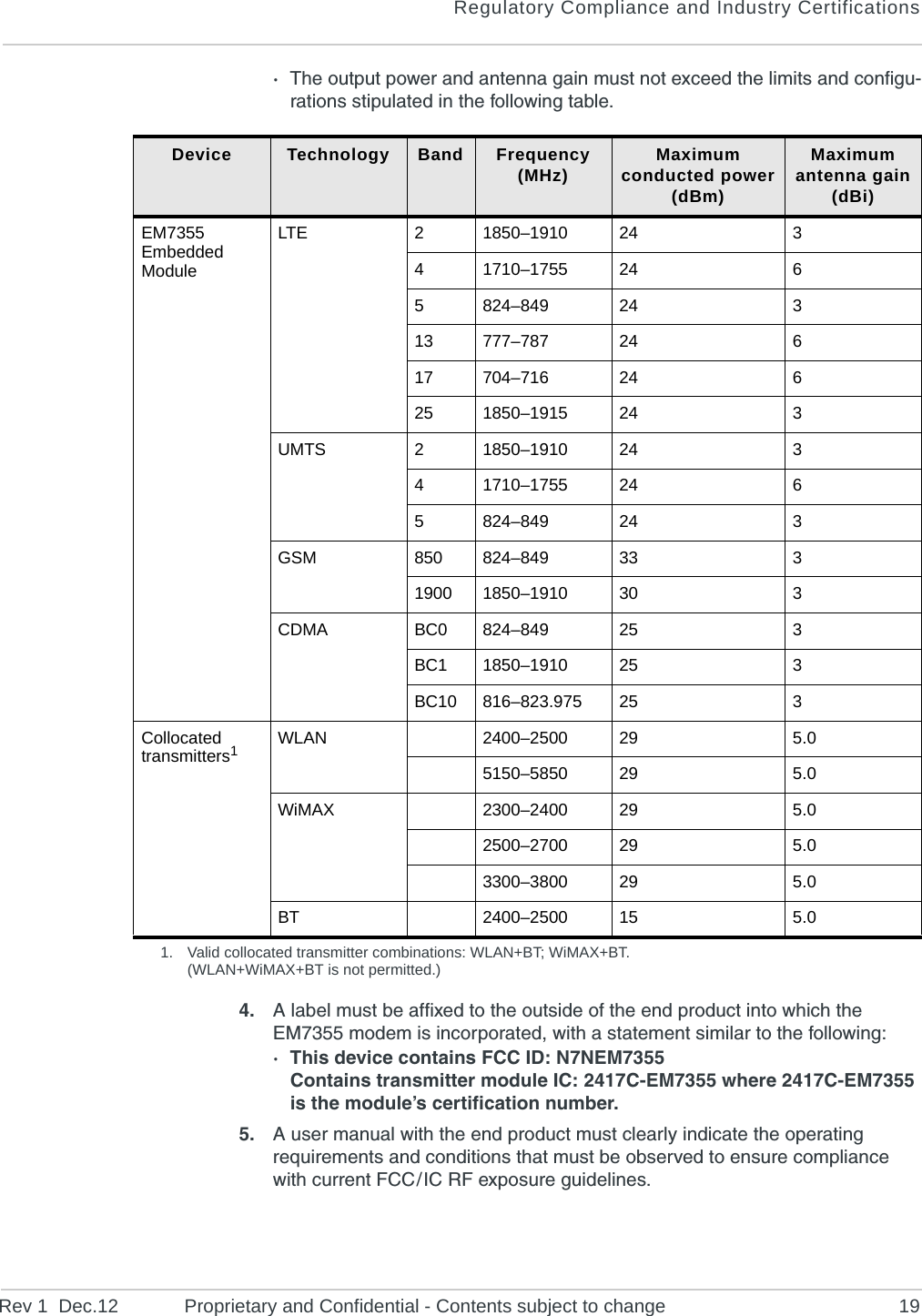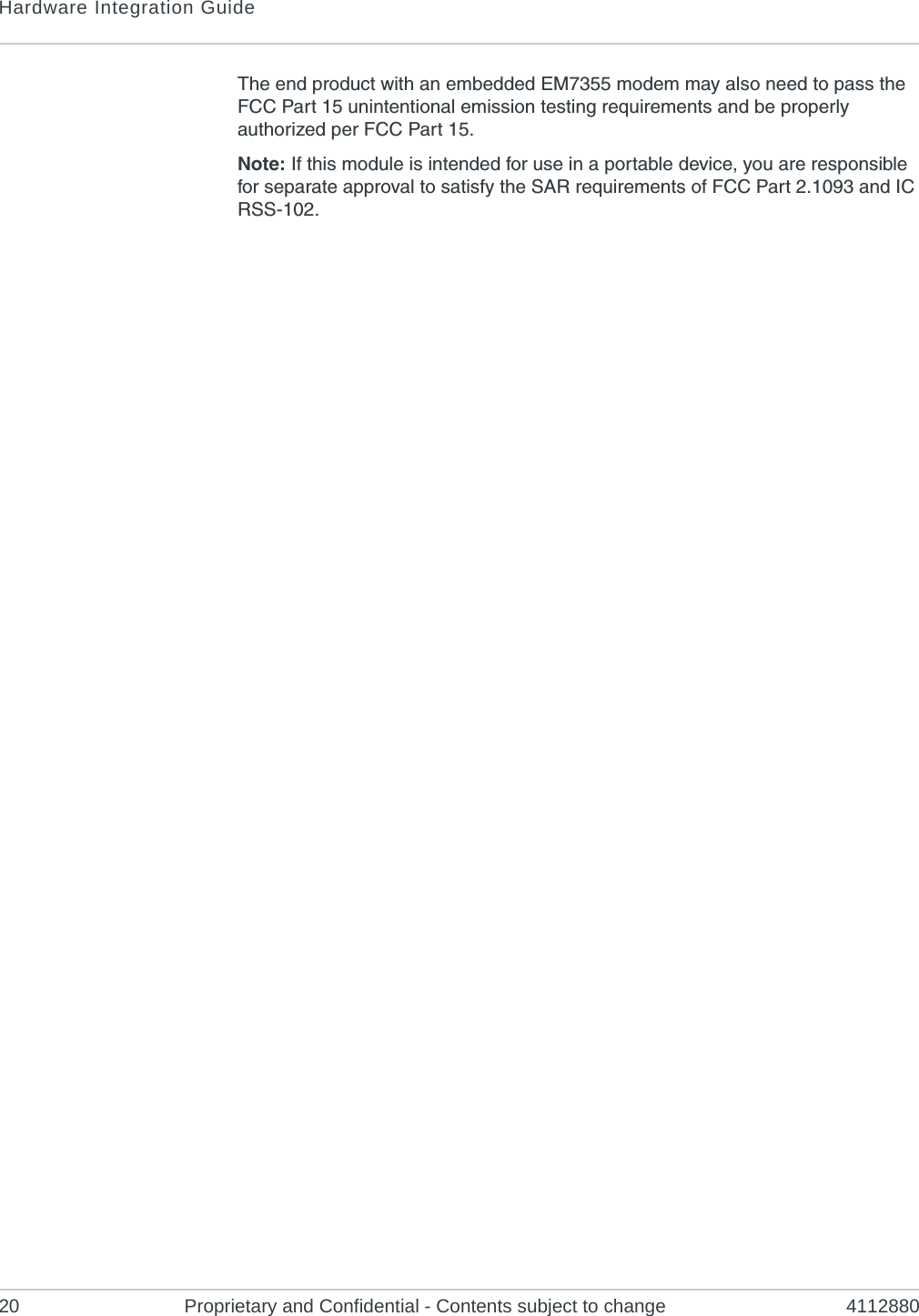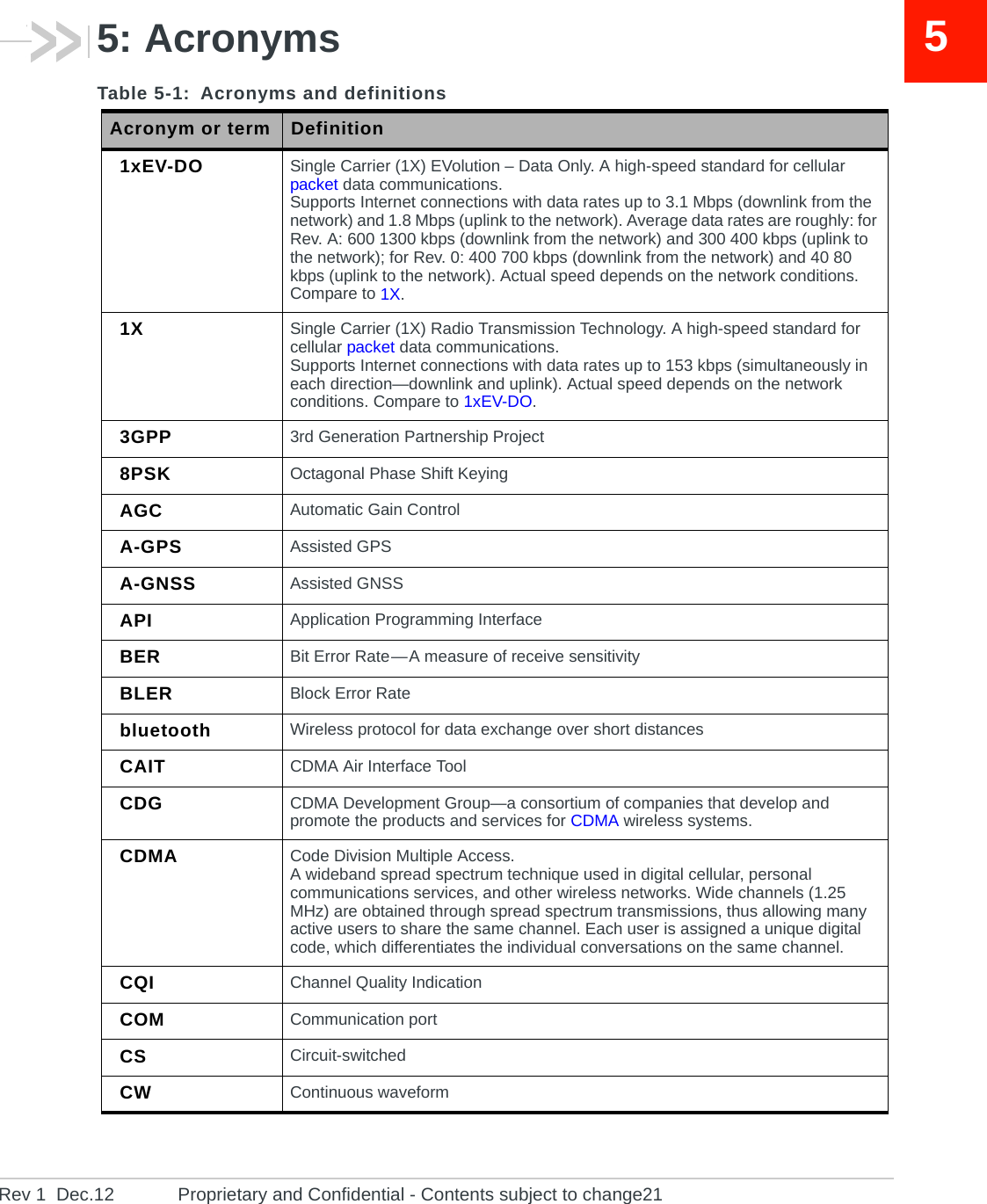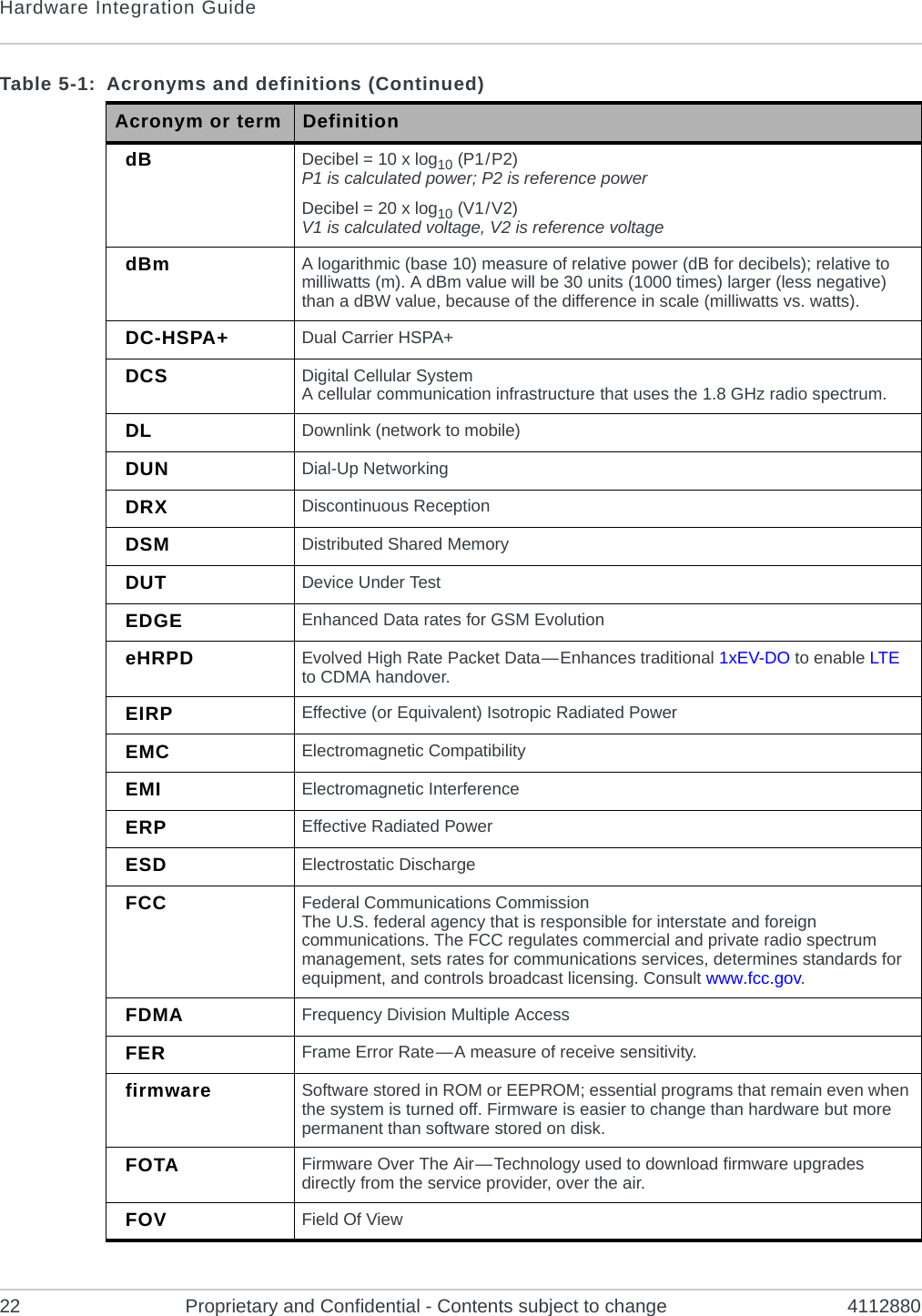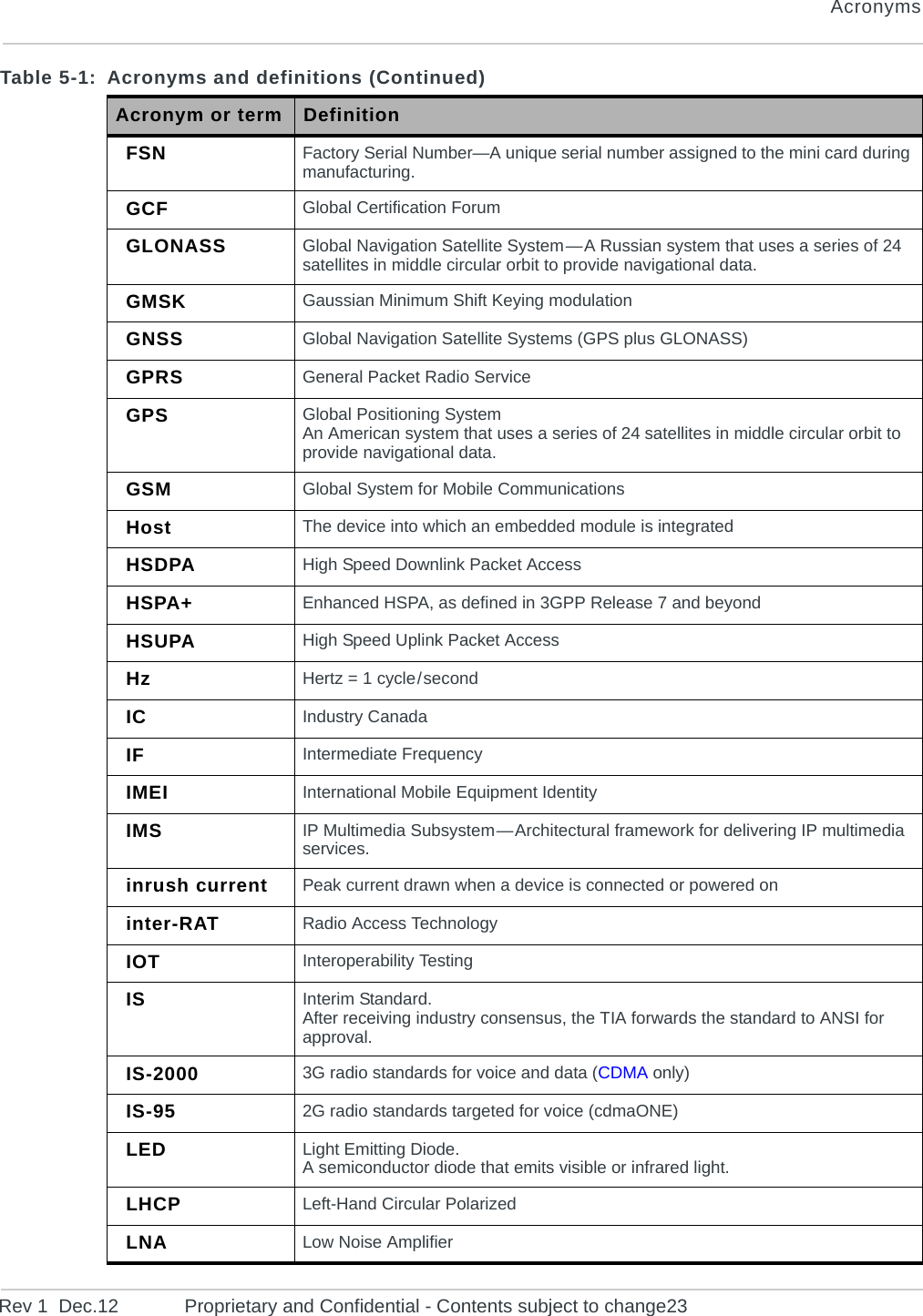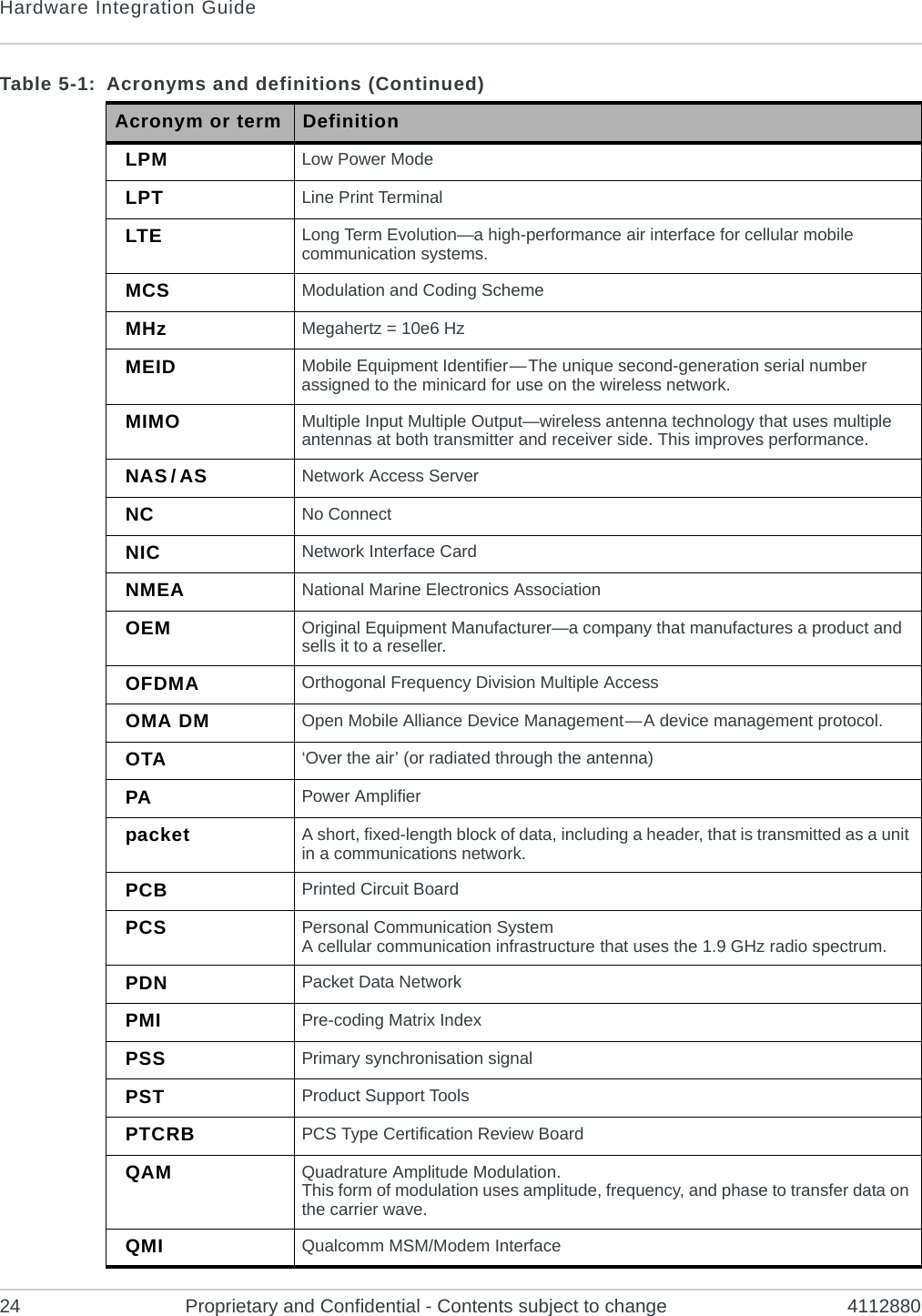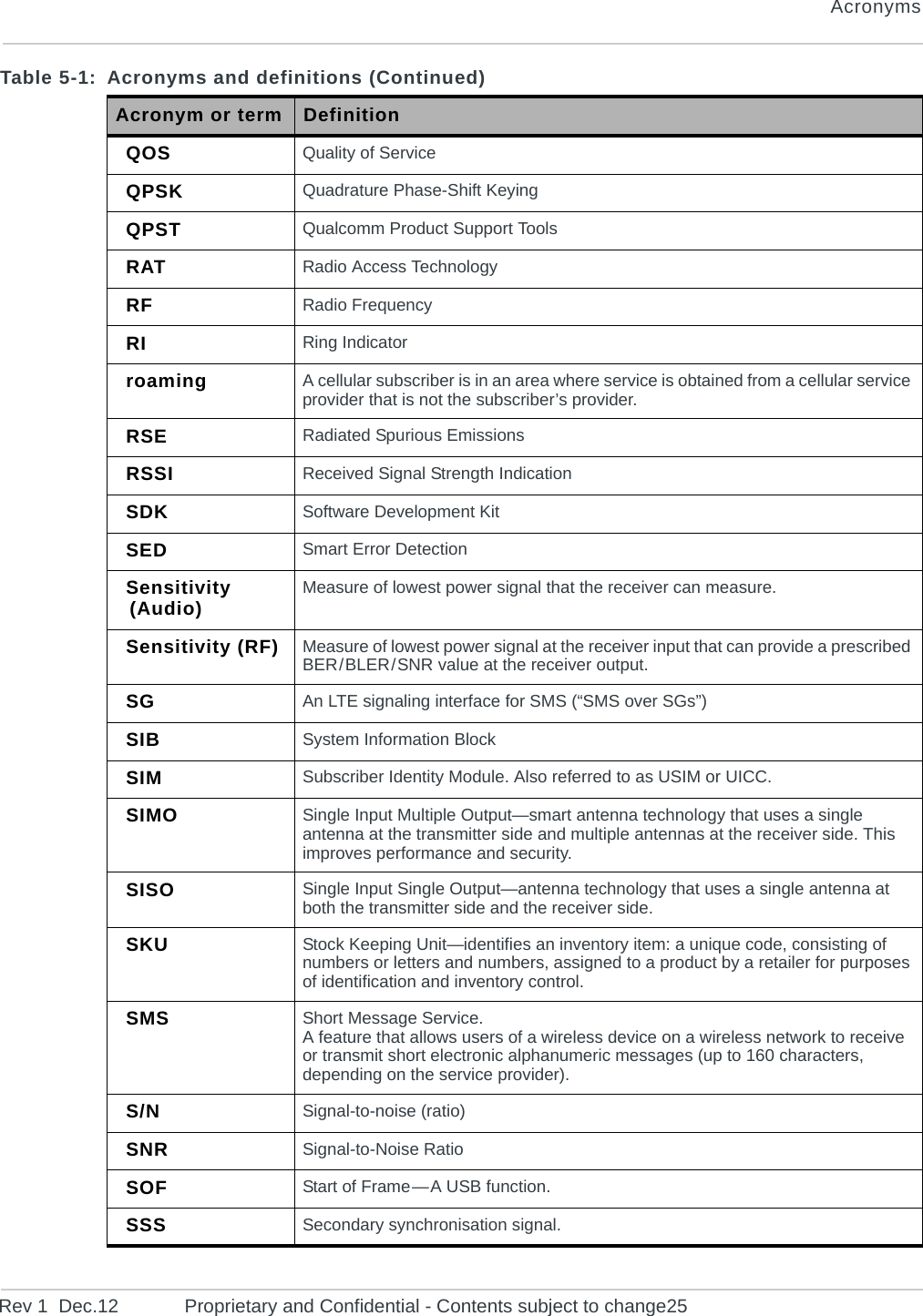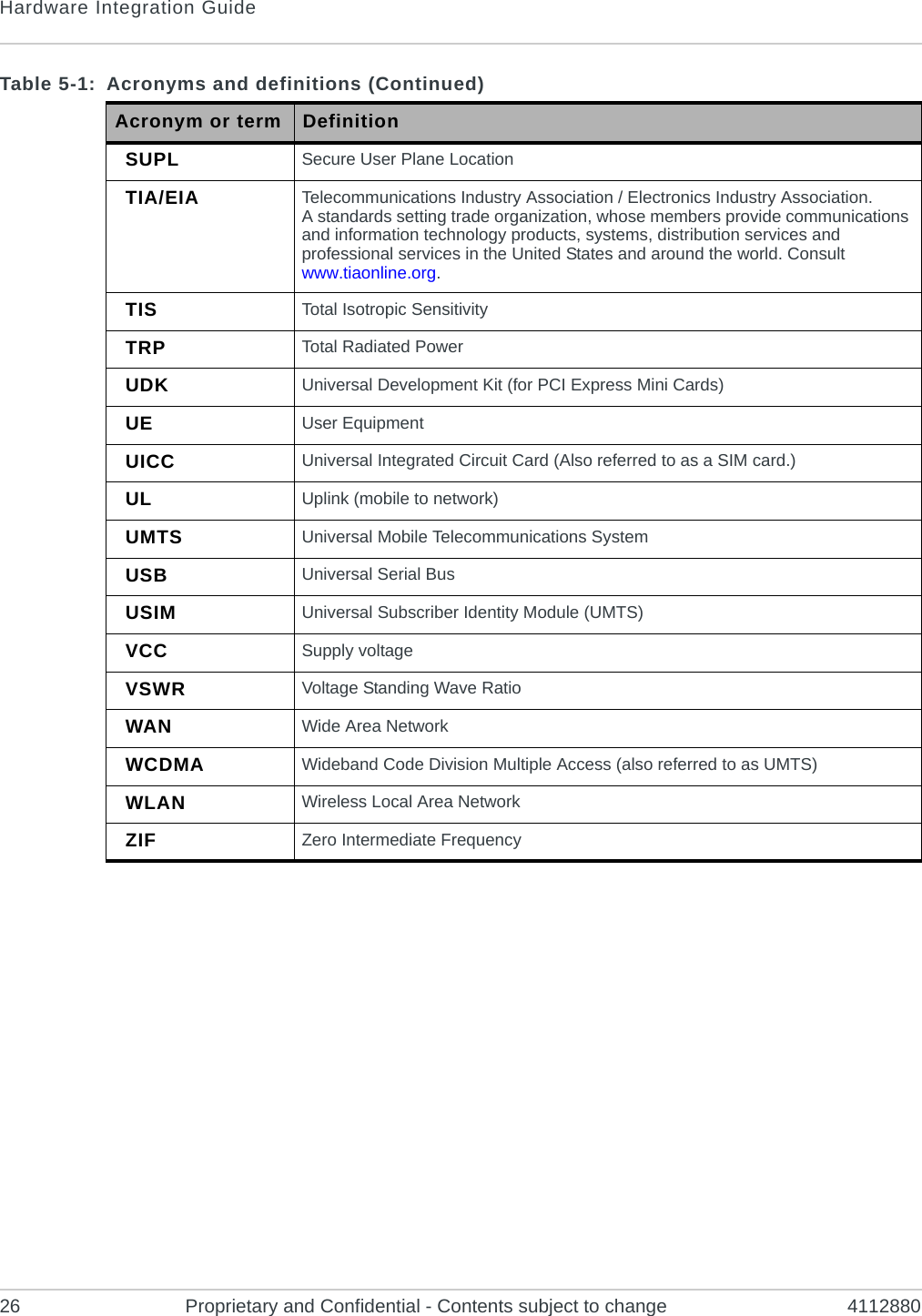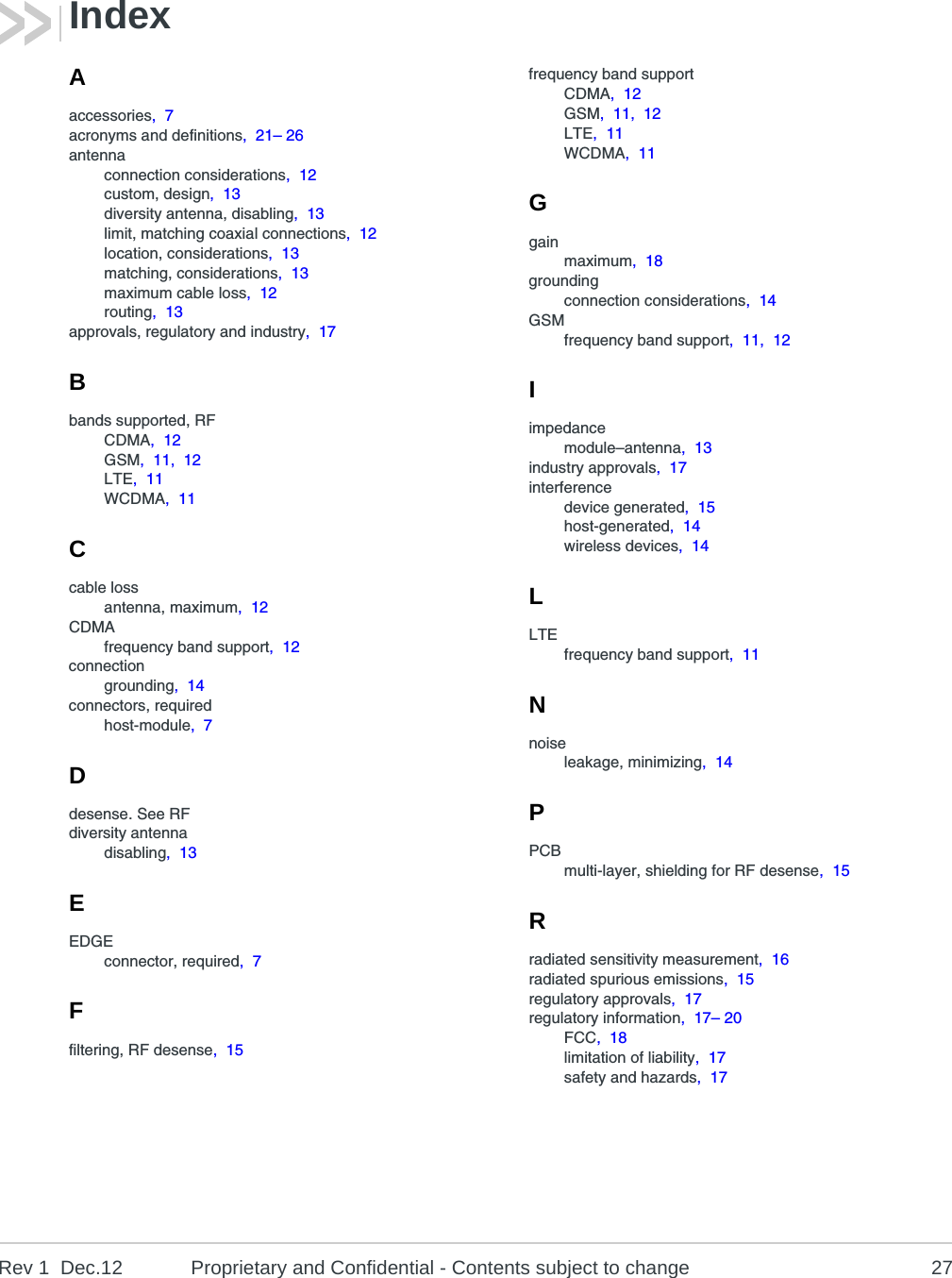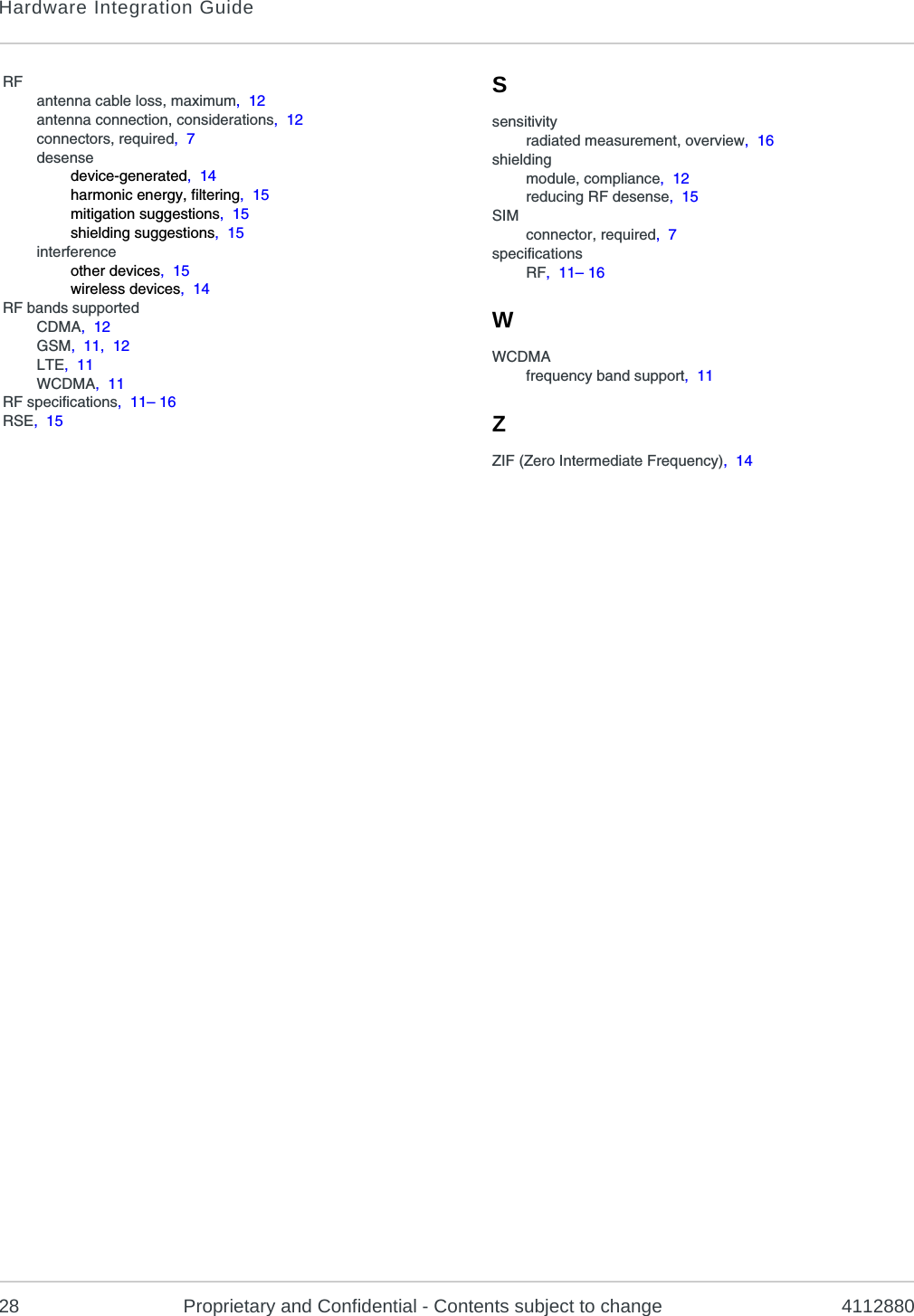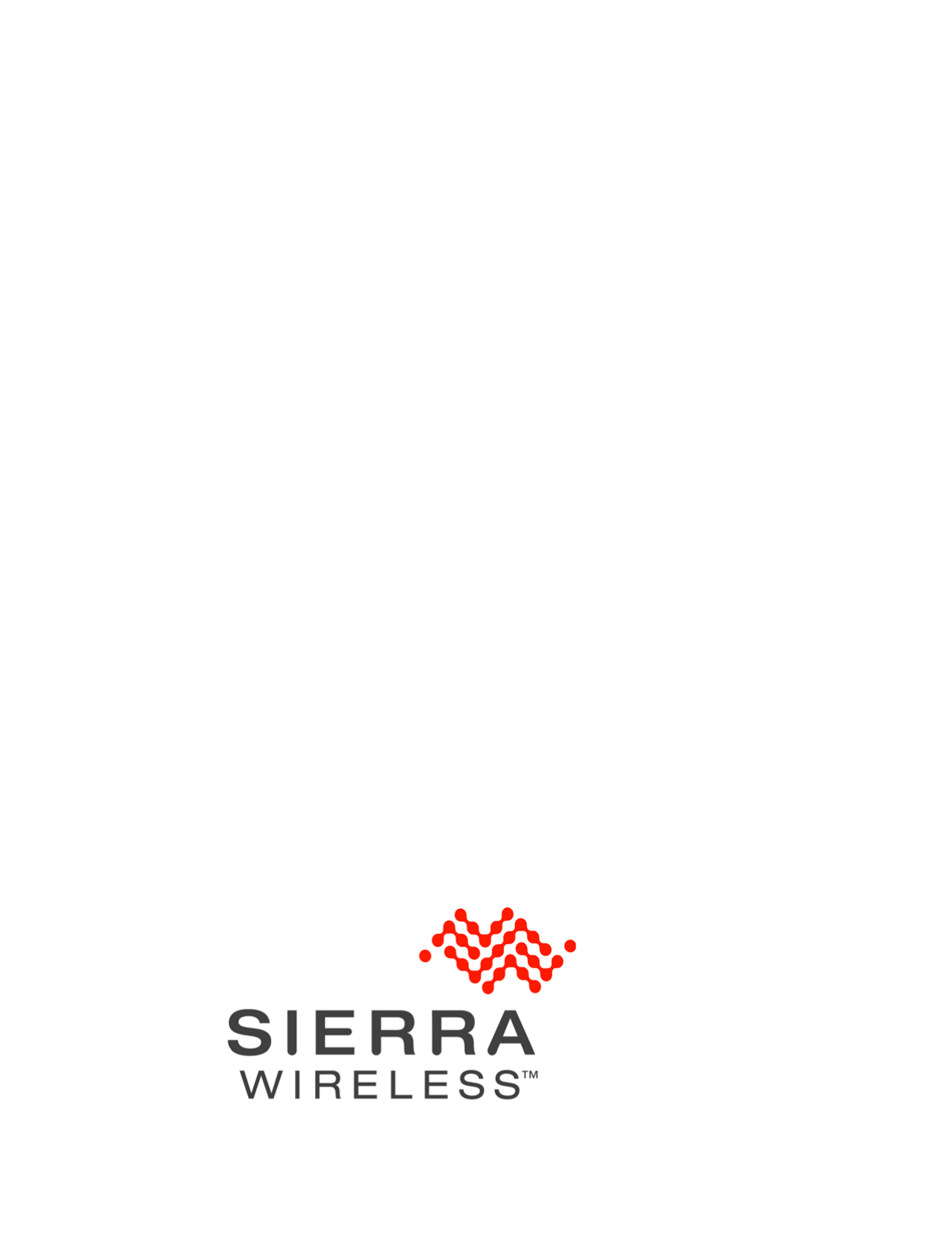Sierra Wireless EM7355 Radio Module User Manual AirPrime EM7355 Hardware Integration Guide
Sierra Wireless Inc. Radio Module AirPrime EM7355 Hardware Integration Guide
Contents
- 1. 4112880 AirPrime EM7355 Hardware Integration Guide v1 - Review A
- 2. TempConfidential_4112880 AirPrime EM7355 Hardware Integration Guide v2
- 3. Getting Started Guide
- 4. FCC statement
- 5. Warranty, Safety and Regulatory information
4112880 AirPrime EM7355 Hardware Integration Guide v1 - Review A
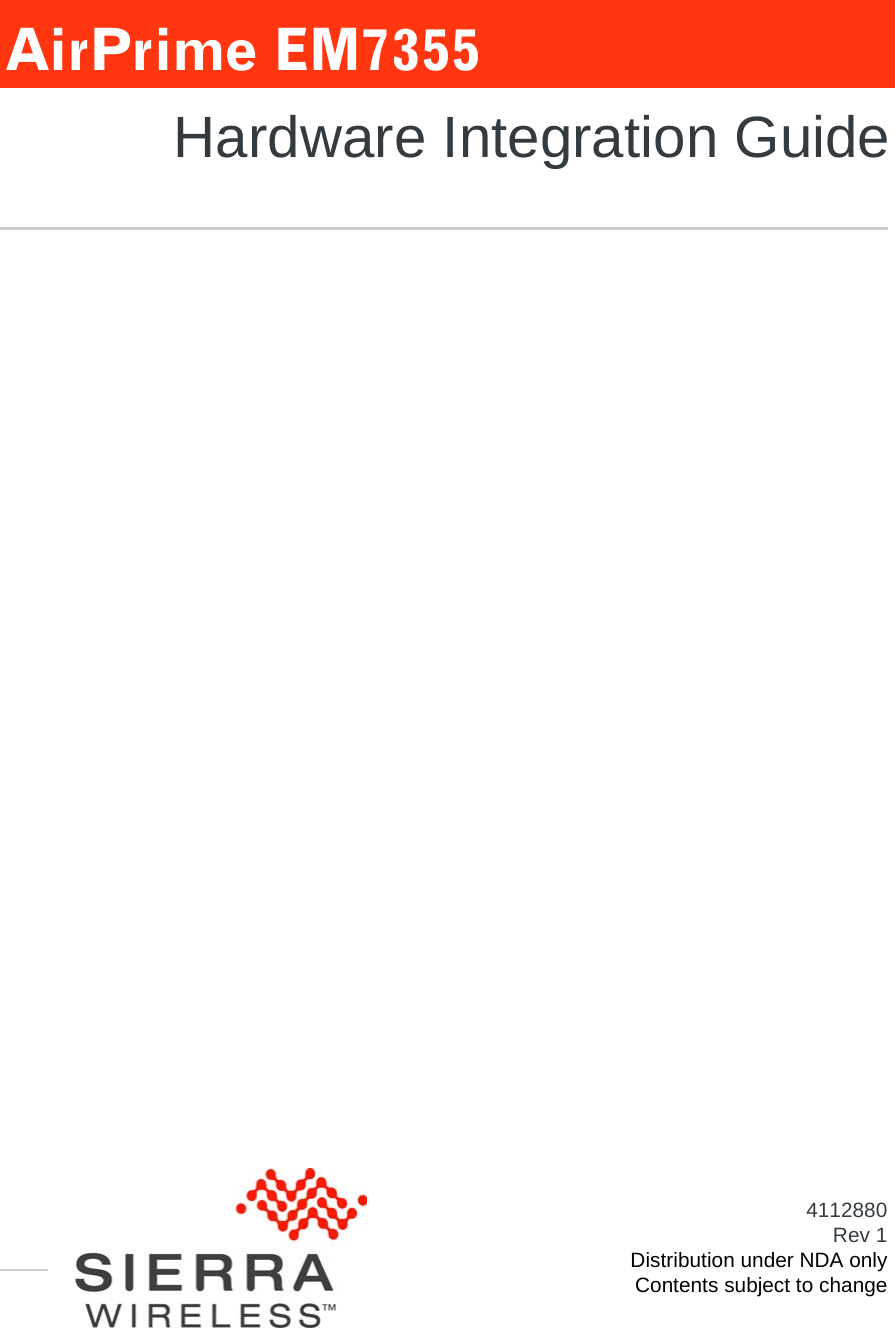
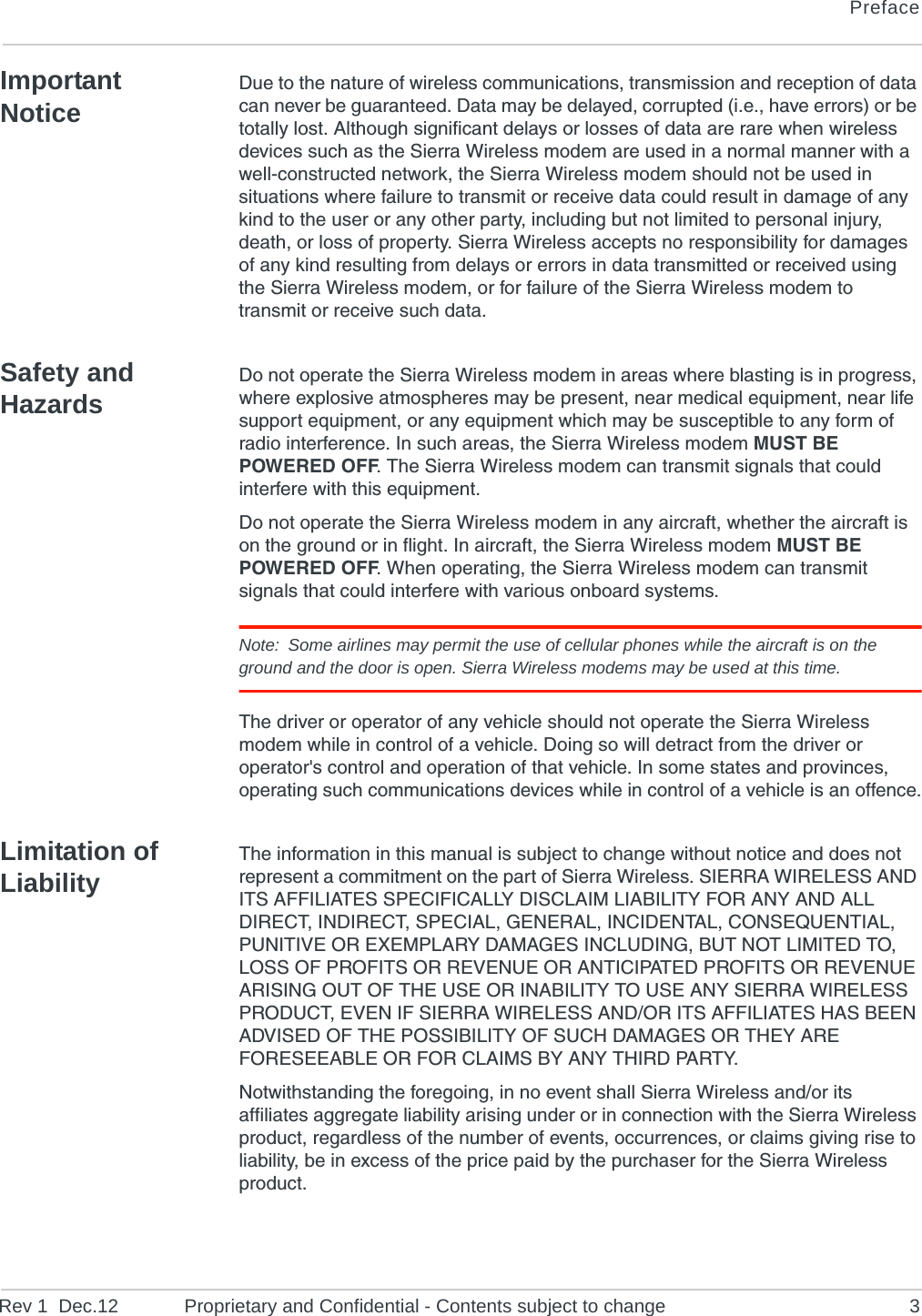
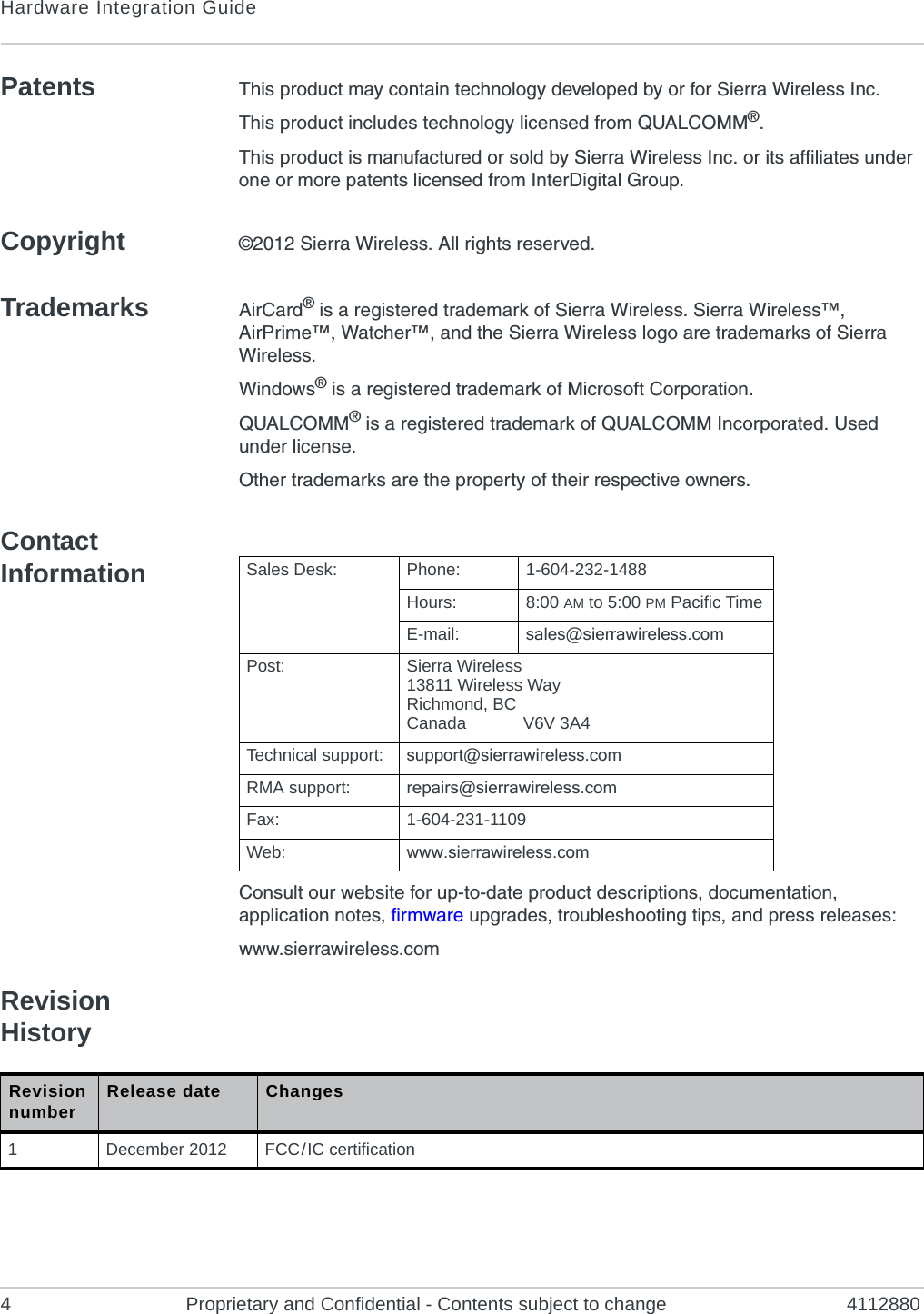
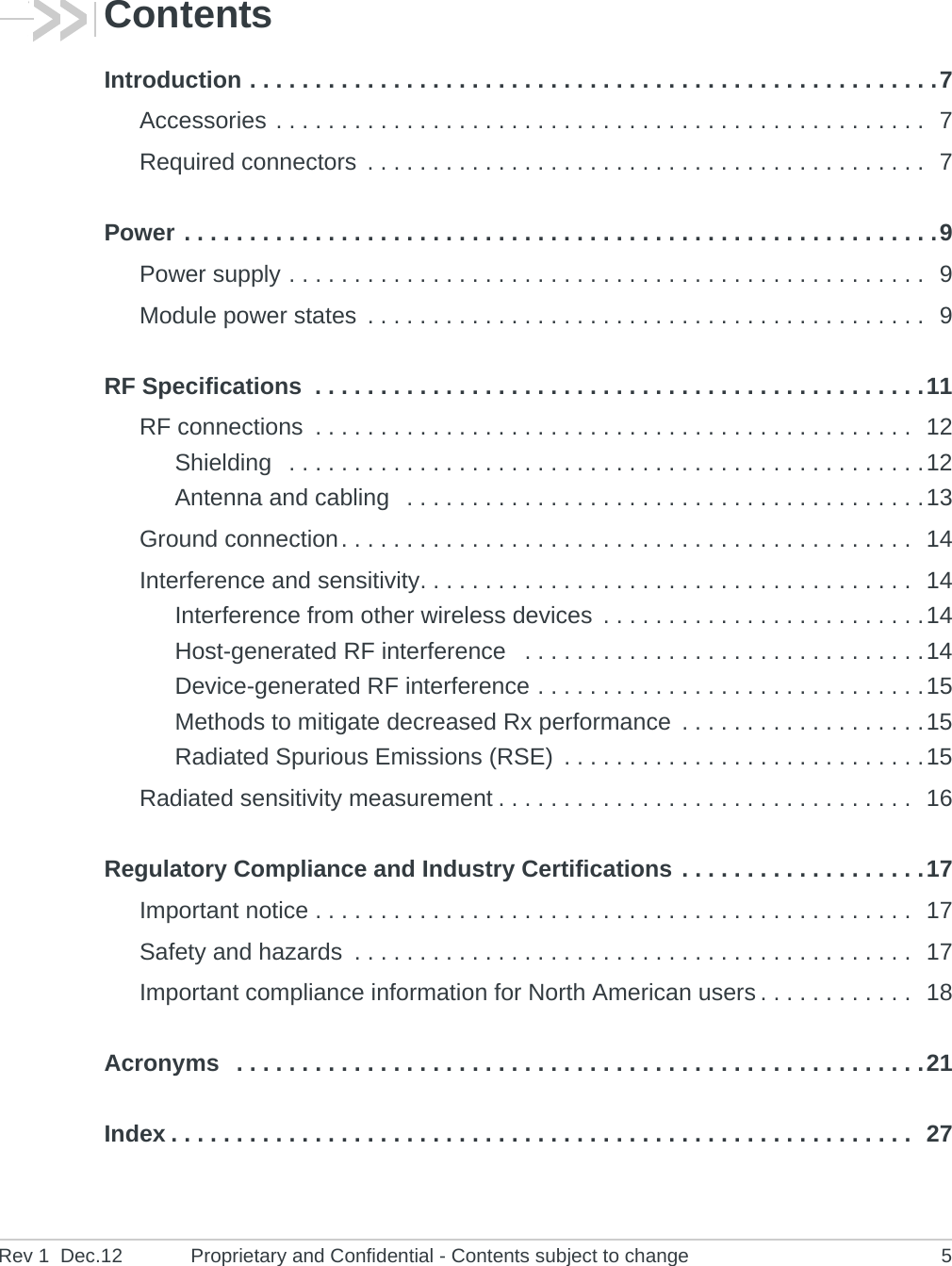
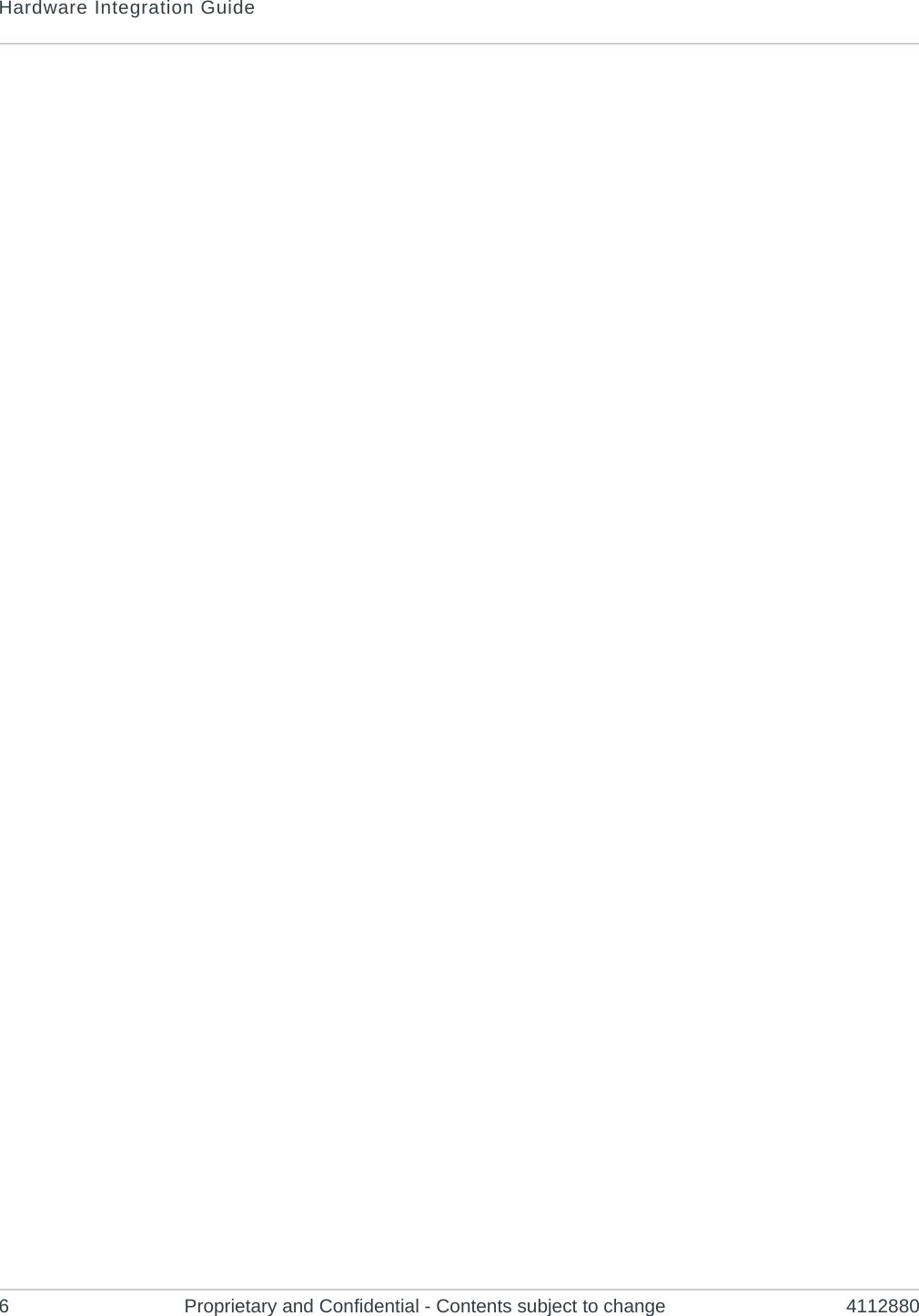
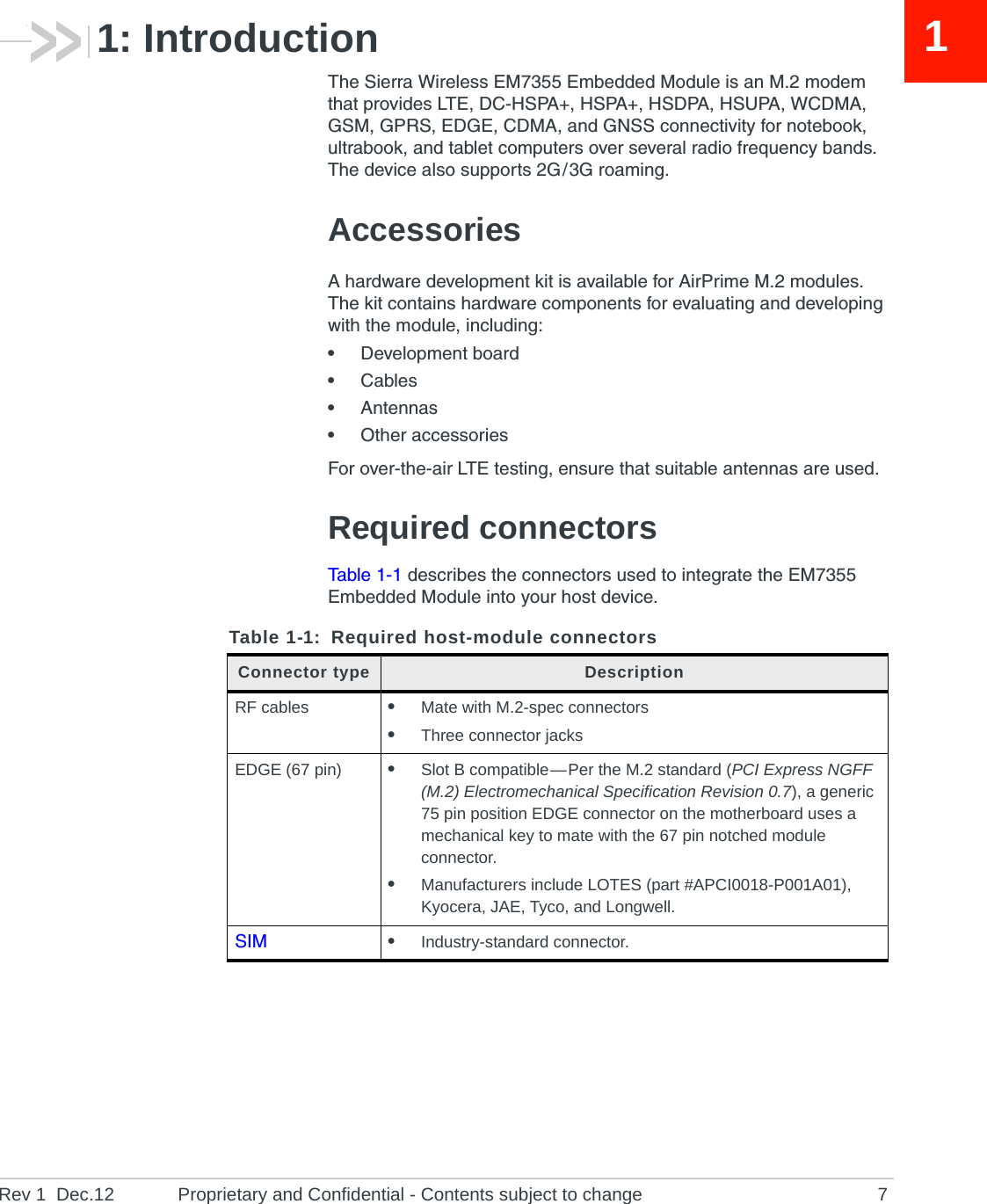
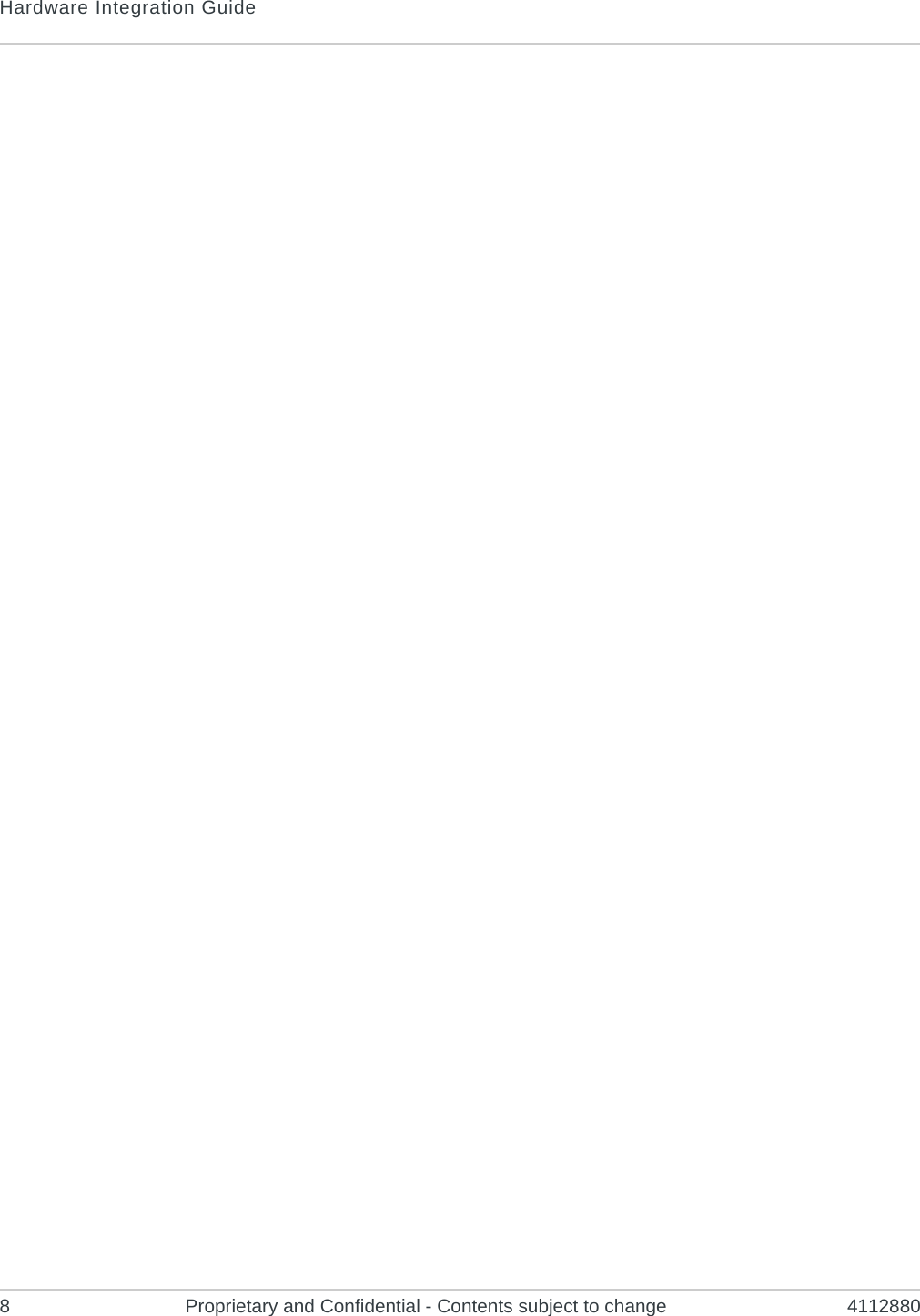
![Rev 1 Dec.12 Proprietary and Confidential - Contents subject to change 922: PowerPower supplyThe host provides power to the EM7355 through multiple power and ground pins. The host must provide safe and continuous power (via battery or a regulated power supply) at all times; the module does not have an independent power supply, or protection circuits to guard against electrical issues.For detailed pinout and voltage / current requirements of this module, see the AirPrime EM7355 Product Technical Specification & Customer Design Guidelines.Module power statesThe module has five power states, as described in Ta b l e 2-1. Table 2-1: Module power states State DetailsHost is poweredModule is poweredUSB interface activeRF enabledNormal(Default state)•Module is active•Default state. Occurs when VCC is first applied, Full_Card_Power_Off# is deasserted (pulled high), and W_DISABLE#1 is deasserted•Module is capable of placing / receiving calls, or establishing data connections on the wireless network•Current consumption is affected by several factors, including:•Radio band being used•Transmit power•Receive gain settings•Data rate Low power(‘Airplane mode’)•Module is active•Module enters this state:•Under host interface control:·Host issues AT+CFUN=0 ([1] AT Command Set for User Equipment (UE) (Release 6) (Doc# 3GPP TS 27.007))), or·Host asserts W_DISABLE#1, after AT!PCOFFEN=0 has been issued.•Automatically, when critical temperature or voltage trigger limits have been reached)) ](https://usermanual.wiki/Sierra-Wireless/EM7355.4112880-AirPrime-EM7355-Hardware-Integration-Guide-v1-Review-A/User-Guide-1857457-Page-9.png)
